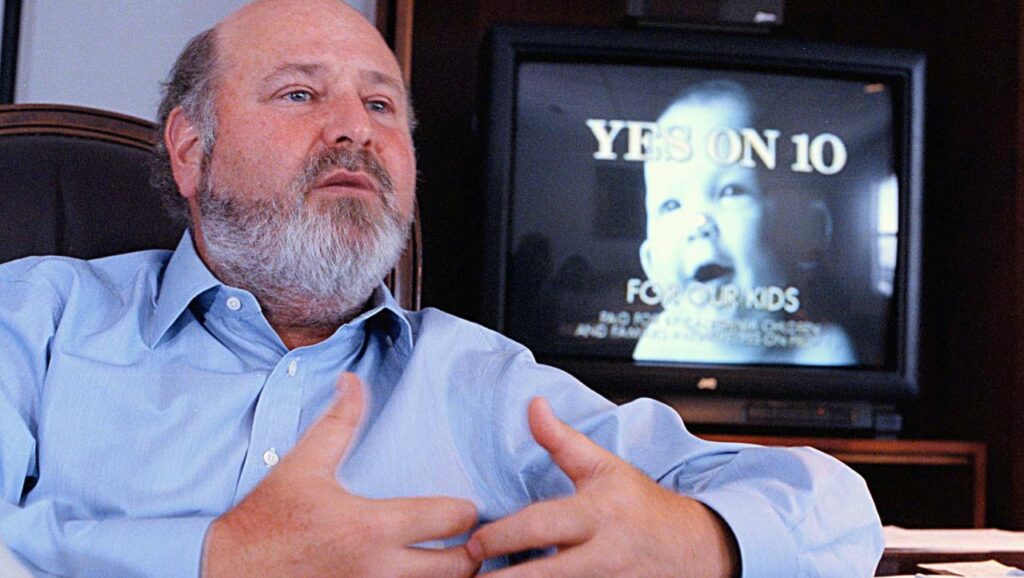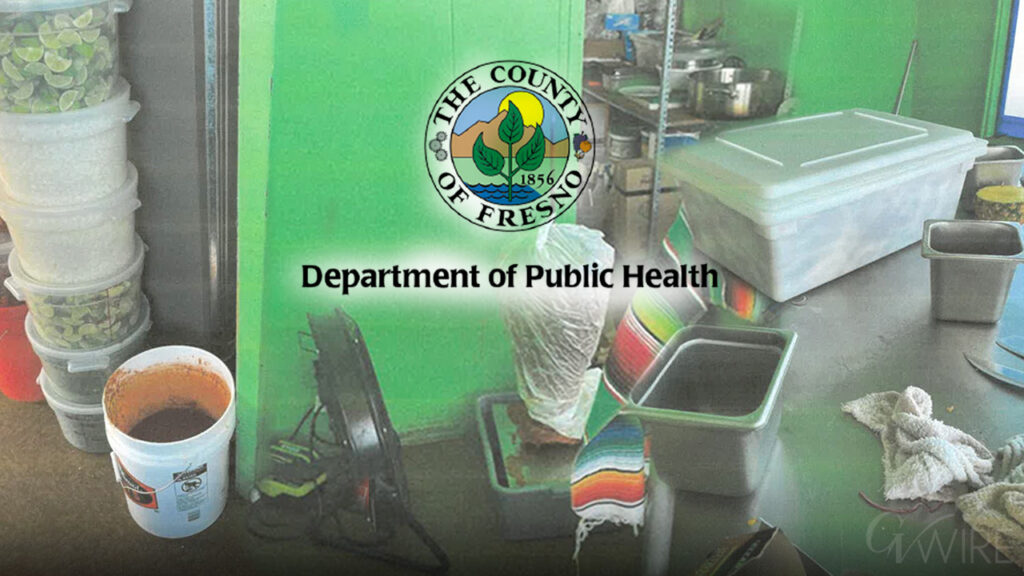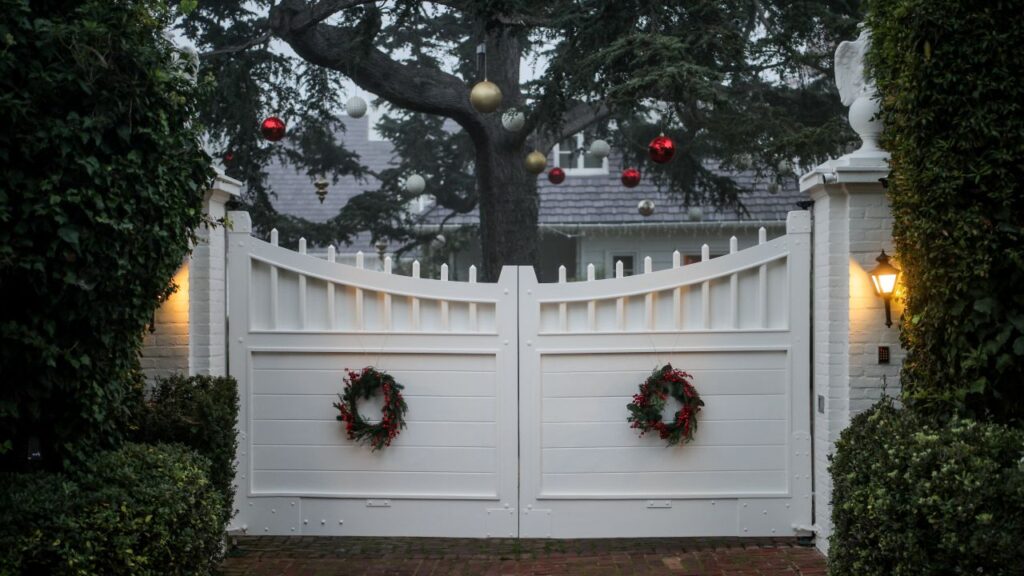Share
Ballots from last week’s election are still being counted and it will be weeks before the final numbers are tallied, but with that caveat, it appears that a $15 billion school bond issue — the only statewide ballot measure — has been decisively rejected.
That’s something of a shock. Public schools are popular in California and school bond issues generally enjoy strong voter support.

Dan Walters
Opinion
Finally, it’s a setback for housing developers who would have benefited from a provision exempting them from some local school impact fees.
It’s possible, even probable, that the bond issue’s ballot designation, Proposition 13, contributed to its demise. A 1978 measure, also Proposition 13, is one of the most iconic political events in California history, sharply curtailing the growth of property taxes.
The Apparent Defeat of the School Bond May Be Much More Than a Case of Mistaken Identity
Some voters clearly thought that 2020’s Proposition 13 would somehow affect 1978’s Proposition 13. Although inaccurate, that notion was probably sparked by campaigning on another ballot measure expected to appear on the November ballot that would allow higher levies on commercial property. Opponents warn that it could be the first step toward repeal of 1978’s Proposition 13, so it’s understandable that some voters would be confused.
Nevertheless, the apparent defeat of the school bond may be much more than a case of mistaken identity. It could reflect rising resistance to new borrowing and new taxes.
The Public Policy Institute of California’s recent polling of voters has found that “At least a majority — but never more than two-thirds — in every place in the state believes taxes are too high (and) overall, 58% hold this opinion.”
Last year, Policy Analysis for California Education (PACE), a university consortium devoted to research on education issues, issued a study on the attitudes of very affluent and very liberal voters in Marin County.
It noted that after years of routine voter approval of parcel taxes for local schools, “In 2016, something shifted. Voters in upscale Kentfield rejected the renewal of a previously popular school parcel tax, which had most recently passed with 72% of the vote in 2008. In nearby Mill Valley, a parcel tax that made up approximately 20% of the district’s budget passed by fewer than 25 votes, even though it had passed with 74% of the vote in 2008.”
Advocates of More Spending, Borrowing and Taxes
PACE said that many Marin voters “had become concerned that some local leaders were choosing to increase taxes rather than grapple with necessary fiscal reforms” and asked a pithy question: “If the highly progressive residents of Marin County have become less willing to financially support their local school districts, what does this mean for less wealthy regions of California?”
Last year, voters in Los Angeles, who are much less affluent than those in Marin, stunned local political leaders by overwhelmingly rejecting a $500 million per year increase in parcel taxes — a form of property tax not limited by 1978’s Proposition 13 — for the Los Angeles Unified School District.
Meanwhile, the California Taxpayers Association calculates that at least half of 236 local tax measures are headed to defeat.
Given voter rejection of Measure EE in Los Angeles and now the apparent loss by Newsom’s school bond measure, the sponsors of the split roll initiative — public employee unions, mostly — should be very worried about the November election.
Polling on the split roll already indicates weak support at best and the commercial real estate industry has pledged to spend $100 million or more to defeat it.
Advocates of more spending, borrowing and taxes may be learning that even in blue California, there are limits.
CalMatters is a public interest journalism venture committed to explaining how California’s state Capitol works and why it matters. For more stories by Dan Walters, go to calmatters.org/commentary.
[activecampaign form=19]


















